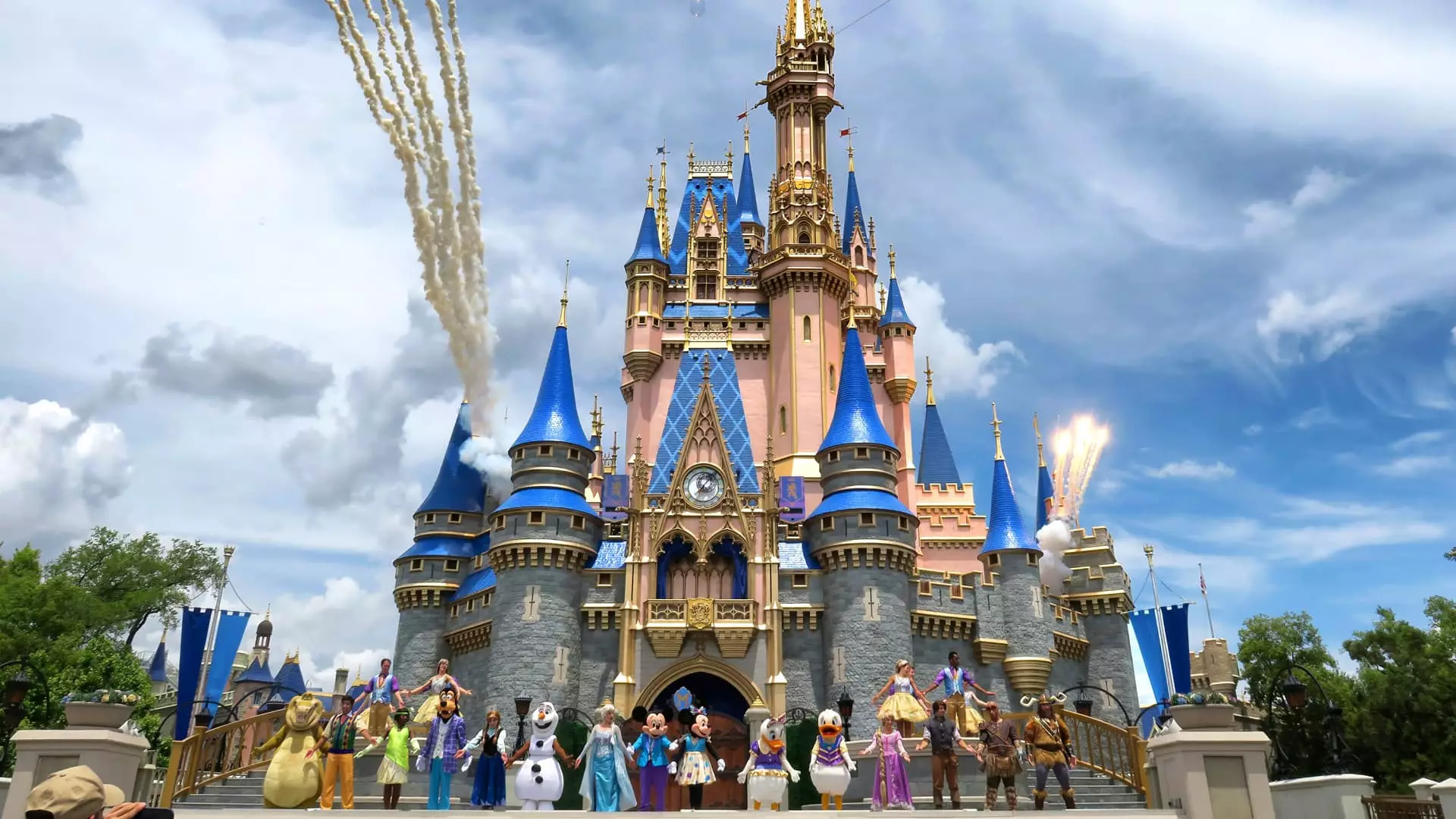The theme park industry, particularly big players like Disney and Universal Studios, has long been associated with magic, thrill, and nostalgia. However, as we move deeper into 2024, the economic landscape is shifting discretely, and consumer preferences seem to be evolving under the weight of economic pressures and a myriad of choices available. While U.S. travel markets have shown strength with domestic air travel and summer vacation plans rebounding, the traditional allure of theme parks, especially Disney’s, is facing unprecedented scrutiny.
Despite the apparent economic resilience showcased through robust domestic travel numbers, themes of consumer caution persist. Many families are planning to use credit or debt to finance their summer trips, revealing a strong psychological hesitance regarding spending. As inflation strains household budgets, consumers are becoming increasingly discerning about how and where they spend their money. Ken Potrock, Disneyland Resort President, captures this evolving mindset, noting that consumers are facing an abundance of options and are now making “thoughtful decisions” about their travel plans. This evolution inevitably puts competitive pressure on theme parks to adapt quickly, not only in terms of pricing but also in creating an experience that meets the needs of a more cost-conscious public.
Recent financial reports from major theme parks like Disney and Universal Studios are painting a worrying picture. Disney’s latest results indicated a notable 6% dip in operating profits from their domestic parks, despite overall revenue having edged up by 3%. This paradox of climbing revenue yet falling profitability raises concerns about the long-term viability of their strategy in a challenging consumer climate. Meanwhile, Comcast revealed a staggering 11% decline in revenues from its theme parks, driven by decreased attendance. Here, we can see the broader implications of shifting consumer sentiments, particularly against a backdrop where potential visitors feel the pinch of rising prices and economic uncertainty.
One cannot overlook the undeniable correlation between rising ticket prices and the declining consumer enthusiasm for recurring trips to theme parks. Over the past decade, the average cost of a single-day ticket at Walt Disney World has climbed by an average of 5% annually, amounting to an alarming 56% increase from 2014 to 2024, significantly outpacing general inflation. For many families, this escalation in cost translates to a vastly different equation when considering a theme park vacation. The pricing structure appears to cater to premium experiences, potentially alienating those who are more budget-conscious. For example, while the least expensive tickets have maintained a steady price point, the average cost for a single day at Disney World has reached $154, spiking up to $189 during peak times.
In light of these financial strategies, industry analysts speculate that Disney might be aggressively pricing its parks as a reaction against disappointing linear television revenues over the past decade. This price surge may very well pressure the price-sensitive demographic, making Disney feel less accessible for a significant portion of American families.
As the economic landscape continues to evolve, it is crucial for theme parks to reflect on their strategies. The traditional model that once guaranteed packed crowds and seemingly endless revenue flows may need reevaluation. Future success for parks like Disney may very well depend on their ability to listen to changing consumer demands, adjust pricing models, and innovate experiences that resonate with budget-conscious families. The allure of the parks and their associated experiences cannot solely rest on nostalgia and branding; they must adapt to remain relevant.
Disney finds itself at a crossroads. Rising economics, shifting consumer choices, and a competitive atmosphere signify that a Disney vacation may be edging out of reach for the average American family. However, there is an opportunity here for theme parks to reexamine their approaches, embrace change, and craft new ways to enchant their visitors while maintaining accessibility amidst challenging economic realities. For the moment, the magic may still exist, but it is imperative that the experience doesn’t remain a distant fantasy for many potential visitors.

